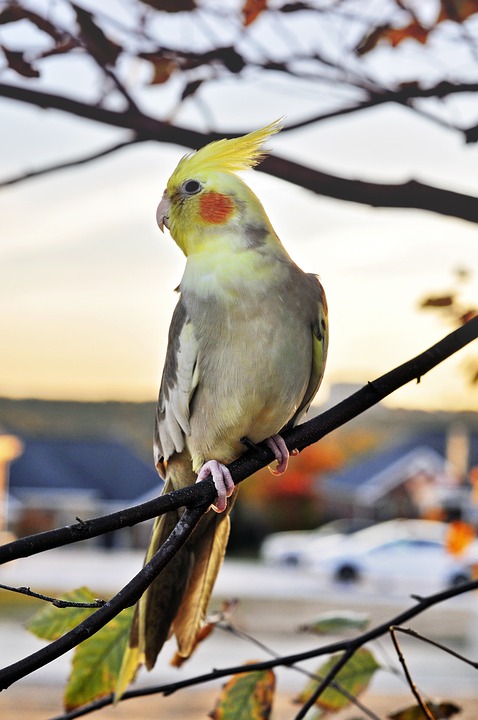Parrot training can be a rewarding endeavor, but it requires dedication and a positive mindset. Long-term training goals can seem daunting, but with the power of positive reinforcement, success can be achieved. In this article, we will explore the importance of maintaining motivation during extended training periods and how positive reinforcement can be a game-changer.
Motivation plays a crucial role in parrot training, as it keeps both the trainer and the parrot engaged and focused. Understanding the role of motivation in parrot training is essential to maintaining progress. Challenges may arise during extended training periods, such as plateaus or setbacks. Recognizing these challenges and having realistic expectations for long-term training success is important to stay motivated and continue making progress.
Positive reinforcement is a highly effective training method for parrots. It involves rewarding desired behaviors to reinforce them and encourage repetition. Suitable rewards for parrots can include treats, praise, or even a favorite toy. Implementing positive reinforcement techniques consistently during long-term training can lead to significant progress and success.
To maintain motivation during long-term training, it’s helpful to break down training goals into manageable steps. By setting achievable milestones, you can track progress and stay motivated. Creating a training schedule and sticking to it is also crucial for maintaining consistency and keeping both the trainer and the parrot engaged.
Introducing variety to training sessions is another strategy to maintain motivation. Parrots, like humans, can get bored easily, so incorporating different activities, toys, or challenges can keep them interested and motivated to learn. Monitoring progress and celebrating milestones, no matter how small, can also boost motivation and provide a sense of accomplishment.
Now let’s address some frequently asked questions about parrot training:
Q1. How long does it typically take to train a parrot?
The duration of parrot training can vary based on the species, age, and individual characteristics of the parrot. Patience and consistency are key in achieving desired results, so it’s important not to rush the process.
Q2. What are some effective positive reinforcement techniques?
Positive reinforcement techniques include clicker training, target training, and verbal praise. Timing and consistency in delivering reinforcement are crucial for effective training.
Q3. Can a parrot lose motivation during long-term training?
Yes, parrots can experience motivational setbacks or plateaus. To overcome these challenges, introducing new challenges or enrichment activities can reignite motivation and keep the training sessions engaging.
Q4. Should negative reinforcement or punishment be used during parrot training?
Negative reinforcement or punishment can have negative consequences and damage the trust between the trainer and the parrot. Positive reinforcement is a more effective and ethical approach to training.
Q5. How can I prevent burnout during long-term training?
Self-care is crucial for trainers to maintain their motivation and energy levels. Taking breaks, seeking support from experienced parrot owners or trainers, and incorporating fun activities into training sessions can help prevent burnout.
In conclusion, maintaining motivation during long-term parrot training is crucial for success. Positive reinforcement techniques are powerful tools that can make a significant difference in achieving training goals. Adapt your training approach to suit your parrot’s individual needs, stay patient, be consistent, and celebrate every small achievement along the way. Happy training!









